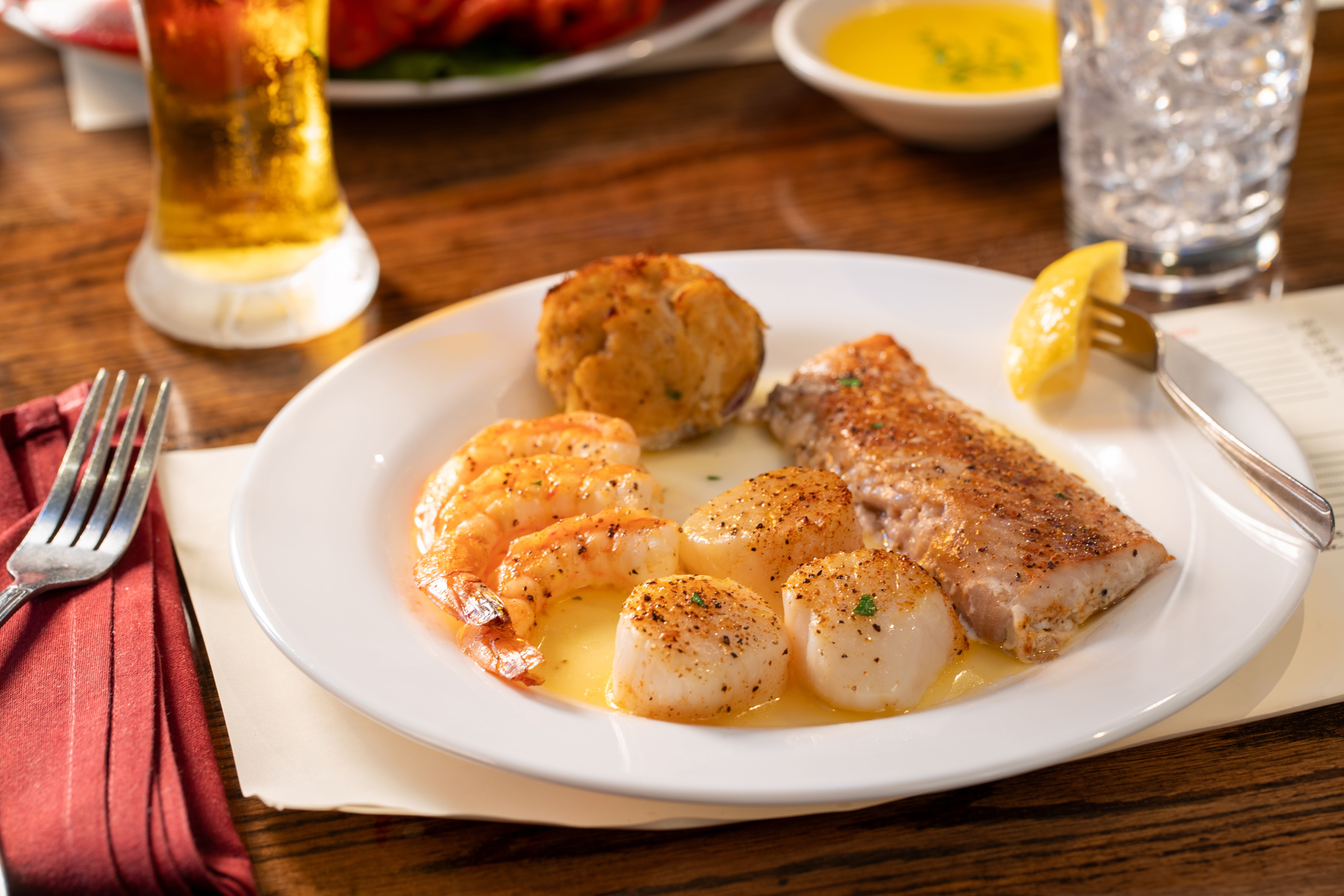Exploring the Delicacy of Tuna Eyeball in Japanese Cuisine
Understanding the Unique Appeal of Tuna Eyeball
Japanese cuisine is renowned for its ability to transform unexpected ingredients into culinary masterpieces, and the tuna eyeball is a prime example. Considered a delicacy, this unusual ingredient offers a taste adventure that captivates food enthusiasts and curious eaters alike. But what makes tuna eyeball such a sought-after element in Japanese cooking?
The allure of tuna eyeball lies in its unique texture and flavor profile. Often described as having a rich, umami taste, the eyeball is surprisingly tender when cooked, offering a gelatinous texture that many find delightful. This culinary experience is not just about taste but also about embracing the tradition and creativity inherent in Japanese gastronomy.

Traditional Preparation Methods
While the idea of eating an eyeball may seem daunting to some, the preparation process in Japanese cuisine is designed to enhance its natural flavors. Chefs often prepare tuna eyeballs by simmering them in soy sauce, mirin, and sake, creating a savory and aromatic dish. This method highlights the eyeball's umami characteristics while adding layers of complexity to the overall taste.
In addition to simmering, grilling is another popular method. When grilled, the outer layer of the eyeball becomes slightly crispy, while the inside remains soft and flavorful. This contrast in textures provides a delectable eating experience that highlights the skill and precision of Japanese culinary techniques.
Nutritional Benefits
Aside from its intriguing taste and texture, tuna eyeball is also valued for its nutritional benefits. Rich in protein and essential fatty acids, this delicacy contributes to a balanced diet. The omega-3 fatty acids found in tuna eyeballs are known to support heart health, making it a nutritious choice for those looking to explore new foods while maintaining a healthy lifestyle.
Additionally, tuna eyeballs contain important vitamins and minerals such as vitamin A and zinc, which are beneficial for vision and immune function. Consuming this delicacy not only provides a culinary adventure but also offers numerous health advantages.

Embracing Tradition with Modern Twists
While traditional preparation methods remain popular, modern chefs are also experimenting with creative ways to incorporate tuna eyeball into contemporary dishes. By blending traditional flavors with innovative techniques, chefs are redefining this delicacy for the modern palate.
Some restaurants serve it as part of sushi or sashimi platters, offering diners a chance to experience this unique ingredient in new contexts. Others might incorporate it into fusion dishes that blend Japanese flavors with those from other culinary traditions, creating novel dining experiences that push the boundaries of traditional Japanese cuisine.
How to Try Tuna Eyeball
If you're intrigued by the idea of tasting tuna eyeball, there are several ways to explore this delicacy. For those traveling to Japan, visiting local markets or traditional izakayas can provide an authentic experience. Many establishments offer dishes featuring tuna eyeball as part of their menu, allowing visitors to savor this unusual ingredient firsthand.
For those unable to travel, some Japanese restaurants outside of Japan may offer dishes featuring tuna eyeball. Additionally, adventurous home cooks can try sourcing tuna eyeballs from specialty seafood suppliers and experimenting with recipes at home.

The Cultural Significance of Tuna Eyeball
Tuna eyeball is more than just an exotic dish; it represents a deeper cultural appreciation for utilizing every part of an ingredient. This practice reflects the Japanese philosophy of minimizing waste and respecting nature's bounty. By transforming what might otherwise be discarded into a delicacy, Japanese cuisine showcases its commitment to sustainability and innovation.
Overall, exploring the delicacy of tuna eyeball in Japanese cuisine offers an enlightening journey into the heart of a culinary tradition that values creativity, respect for ingredients, and a willingness to embrace the unexpected.
